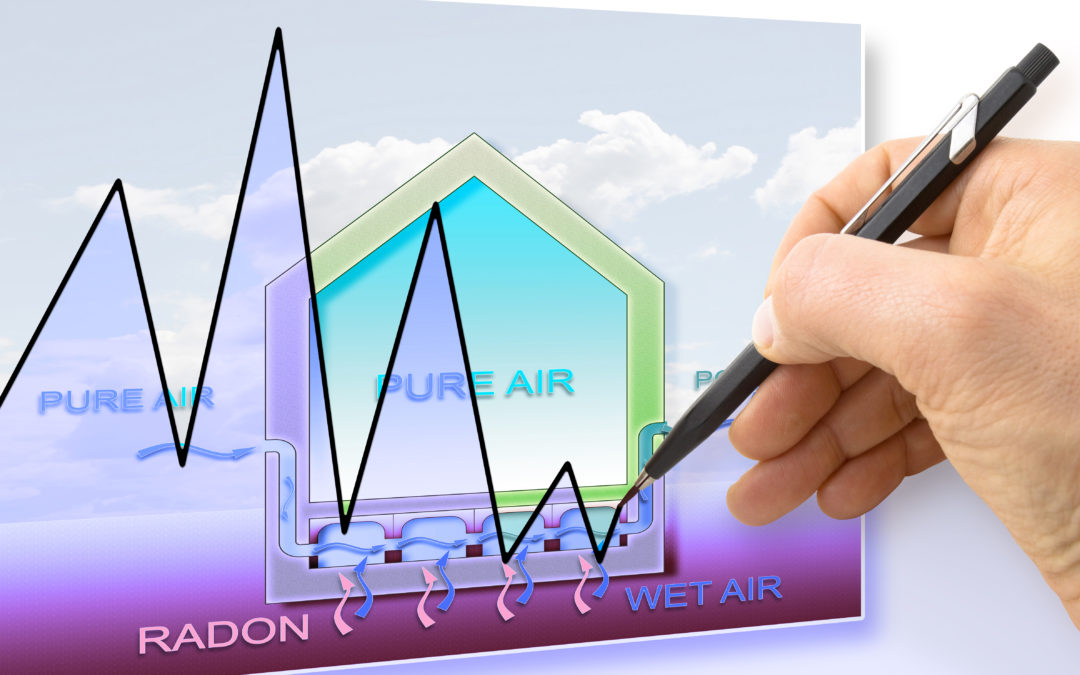Crawl Space
You probably know that encapsulating your crawl space can remediate moisture issues underneath your house. But did you know that encapsulation can also improve the quality of air inside your home? The air underneath your home and the air in your home are two worlds that are constantly colliding… but many homeowners are unaware of the constant exchange.
The “Typical” Response to Removing Moisture
Many companies attempt to remediate moisture in the crawl space simply by making their best effort to seal the crawl space. Then, they install a dehumidifier to remove moisture. Done. Easy! Right? Not so fast.
The floors in most homes are very leaky due to tradesmen drilling holes for pipes, wires, and ductwork, and those holes not being properly sealed after the work is done. This is especially common in older homes, which could have had many of these systems installed, removed, or replaced over the years. Regardless of the home’s age, the floor is most likely the leakiest component of the house – far leakier than walls and ceilings.
So, if you encapsulate the crawl space and do a halfway job of sealing it up, you have potentially captured bad odors and mold spores that have been growing in there for years. (And last but not least, radon gas!) Naturally, it is just a matter of time before this contaminated air makes its way into the living area.
Let’s Talk About Radon…
Many newer homes have what is called a passive radon mitigation system. This is just a pipe installed under the vapor barrier that eventually exits out through the roof. This system is dependent upon airflow in order to do its job. When the crawl space is encapsulated with just the dehumidifier system it no longer has airflow. As a result, the system can no longer exhaust radon gas. It’s like trying to suck the air out of a plastic bottle. It won’t work! You need an intake hole.
Likewise, many older homes have active radon systems. These also have a pipe under the plastic, but they use a fan to pull the radon gas out. Again, we run into the same problem. When all the vents are closed and there are not any other openings in the crawl space, how can the radon be expelled? You cannot pull air from the ground!
So, What’s the Solution?
The answer is the code-compliant method that is mandated by the 2012 International Building Code: a continuous running fan that pulls 1 cfm (cubic feet per minute) of air per 50 square feet of crawl space, along with a pathway that leads to the common area. No dehumidifier is prescribed with this method. The building code method keeps air moving away from the living area – not toward the living area. An excellent complementary strategy is to use the continuous running fan as the radon system fan.
While dehumidifiers work very well at removing moisture, there is a lot more to encapsulation than just removing moisture. One must understand the many factors that are at play, and that’s where Columbia CrawlSpace comes in. We help homeowners take every precaution to prevent crawl space air from entering the living quarters.
If you’re interested in learning more about improving the indoor air quality of your home the right way, call 931-982-5310.
You can also email info@columbiacrawlspace.com or fill out our online form for a free inspection and estimate to keep your house and family healthy and safe.

Recent Comments